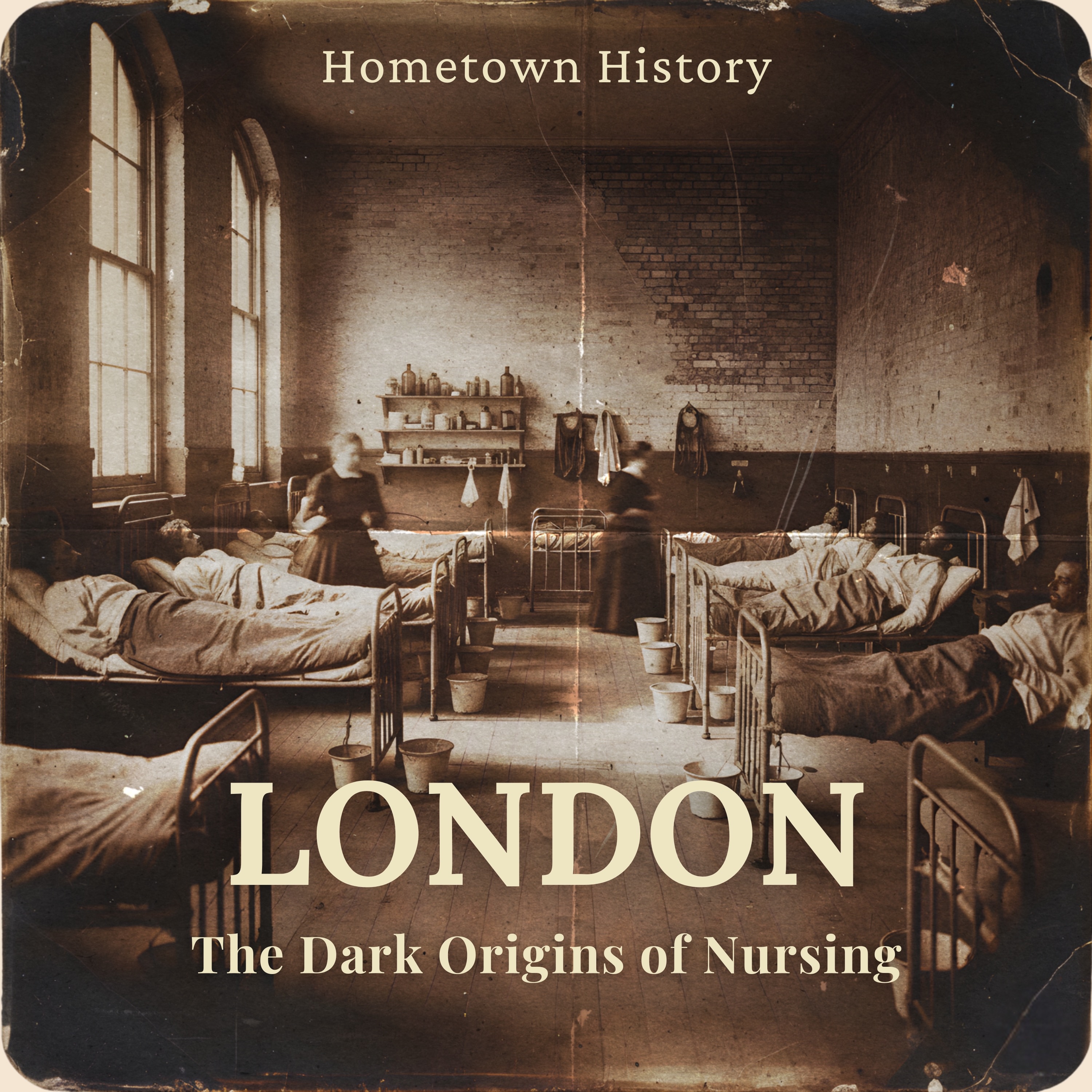

In 1910, Florence Nightingale died, leaving behind a transformed profession. But there was a time when nursing wasn't noble—it was shameful work that respectable women avoided entirely. Nurses were recruited from brothels, workhouses, and the desperate underclass. They worked in filthy, overcrowded hospitals where patients were four times more likely to die from infection than anywhere else in London.Before the 19th century, nursing existed only in the shadows of medieval convents and chaotic urban hospitals. It was seen as menial labor requiring no skill—just extensions of women's domestic duties. During the Industrial Revolution, as diseases like cholera and typhoid ravaged England's growing cities, hospitals became places of last resort. The women who cared for the sick faced violence, contagious illness, and social stigma, all while society looked down on them as morally questionable.This is Part 1 of our three-part series exploring how nursing evolved from one of society's most despised occupations into one of its most respected professions.Subscribe to Hometown History for forgotten American history stories every week. New episodes release Tuesdays. Every hometown has a story—what's yours?In This Episode:How medieval nuns provided medical care as religious duty, not skilled professionWhy the Industrial Revolution turned nursing into desperate survival workThe shocking reality: London nurses were 4x more likely to die from infectious diseaseHow hospitals recruited nurses from brothels, workhouses, and the poorest classesThe dangerous conditions nurses faced: violence, disease, and zero trainingWhy respectable Victorian women avoided nursing entirelyThe social stigma that followed nurses everywhere they wentKey Figures Mentioned:Florence Nightingale - Died 1910, transformed nursing from shameful work to respected profession (full story in Part 2)Mary Seacole - Financed her own Crimean War medical mission, established the British HotelClara Barton - "Angel of the Battlefield" during U.S. Civil War, founded American Red CrossHistorical Timeline:Medieval Era: Nursing exists only in religious institutions—monks and nuns provide care as Christian charity1801-1841: London's population doubles during Industrial Revolution, overwhelming hospitalsEarly 1800s: Hospitals recruit nurses from society's lowest classes; death rates soar1840s: Germ theory not yet accepted; doctors don't wash hands between surgeries1910: Florence Nightingale dies, having revolutionized the nursing professionContext for This Series:This is Part 1 of a 3-part series on nursing history:Part 1 (This Episode): The dark origins of nursing in medieval and Victorian EuropePart 2: Florence Nightingale's transformation of the professionPart 3: Modern nursing and the lasting impact of these changesWhy This Matters:Before Florence Nightingale, nursing was considered work so degrading that it marked you as part of society's underclass. Understanding this transformation reveals how professions gain respect, how gender roles shaped medicine, and why healthcare reform faces such resistance even today.Note: While this episode focuses on European nursing history rather than a specific American hometown, it sets essential context for understanding how modern American nursing developed—a story we'll continue in Parts 2 and 3.Support this podcast at —
Episode Details
About This Episode
In 1910, Florence Nightingale died, leaving behind a transformed profession. But there was a time when nursing wasn't noble—it was shameful work that respectable women avoided entirely. Nurses were recruited from brothels, workhouses, and the desperate underclass. They worked in filthy, overcrowded hospitals where patients were four times more likely to die from infection than anywhere else in London.Before the 19th century, nursing existed only in the shadows of medieval convents and chaotic ur...